Microsoft might just have unveiled the design plans for Hololens 3, and they could make the device the ultimate VR/AR headset
Docking applications on your field of vision, while also using your eyes to interact with the digital world.
2 min. read
Published on
Read our disclosure page to find out how can you help Windows Report sustain the editorial team. Read more
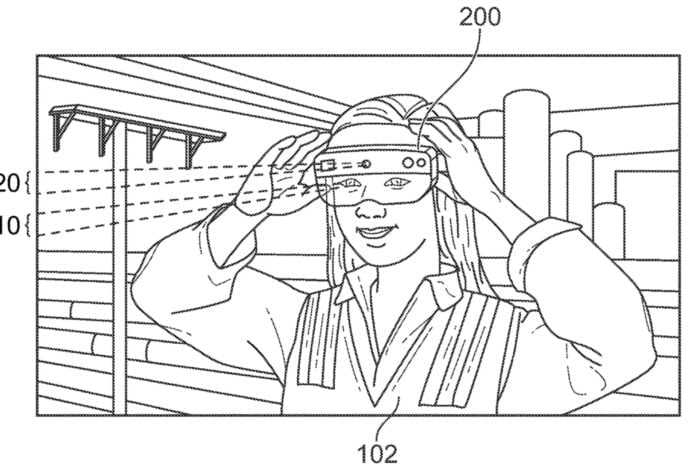
Microsoft might already have design plans for Hololens 3, the long-anticipated VR/AR headset that was reportedly coming out this year, 2024. In a recently published patent, the Redmond-based tech giant unveils some highly detailed sketches for an unnamed VR/AR headset that seems to allude to the Hololens device while also gearing it for entertainment purposes.
The patent shows how every gesture and gaze brings the digital realm to life right before the user’s eyes. Microsoft’s innovation focuses on a multi-factor intention determination system that enhances users’ interactions with AR environments. Picture this: you’re wearing AR goggles, and with a simple palm-facing gesture combined with your gaze, you summon a virtual keyboard or menu right into your space.
This system isn’t just about recognizing a single gesture but combines multiple cues, such as eye movement, head orientation, and finger positions, to understand your intentions accurately.
The beauty of this technology lies in its ability to keep the digital objects anchored to your world or even to your hand, moving with you as naturally as if they were real. Lost one of the cues? No worries. The system smartly displays your summoned digital object briefly, giving you a seamless experience.
Imagine you’ve brought up a virtual control panel. With this system, you can dock this panel to another digital object, creating a persistent, interactive space in your AR environment. Do you want to switch tools or summon that panel again?
A combination of gestures and looks will bring it back to where you need it, even reorienting it to face you if you’ve moved.
The implications of this technology are vast. It could transform how users interact with digital information in fields ranging from industrial design to medical training. But it could also make the digital world an intuitive extension of our physical one, where interacting with a virtual object is as natural as picking up coffee.
Microsoft’s patent isn’t just a step forward in AR; it’s a leap towards a future where the boundaries between digital and physical blur, creating experiences that are as rich and interactive as the real world. This multi-factor intention determination system promises to make AR more intuitive, responsive, and ultimately a worthy competitor of the Apple Vision Pro device.
Could this be Hololens 3? Most likely, yes.
Read the full patent here.
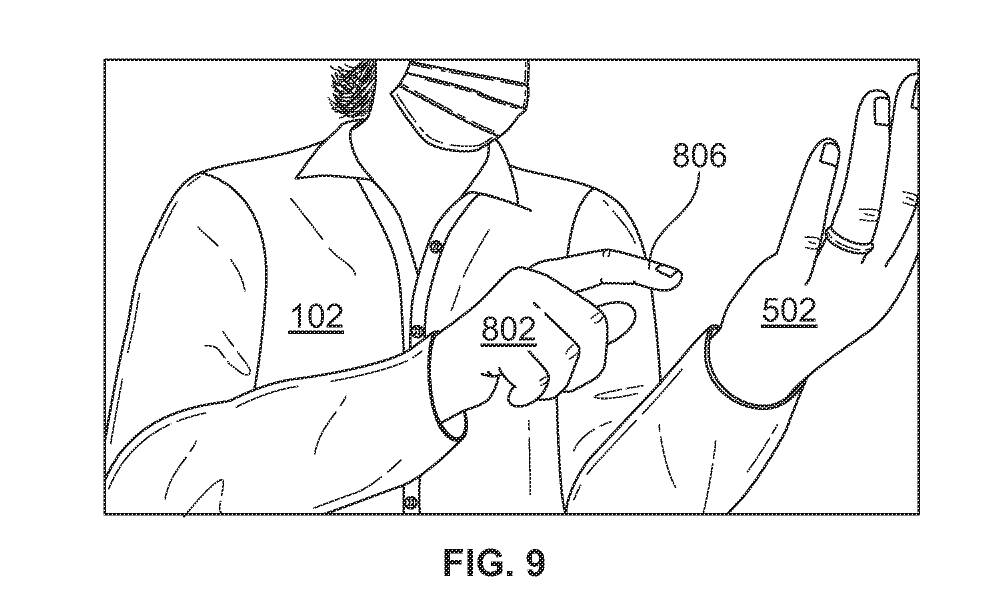
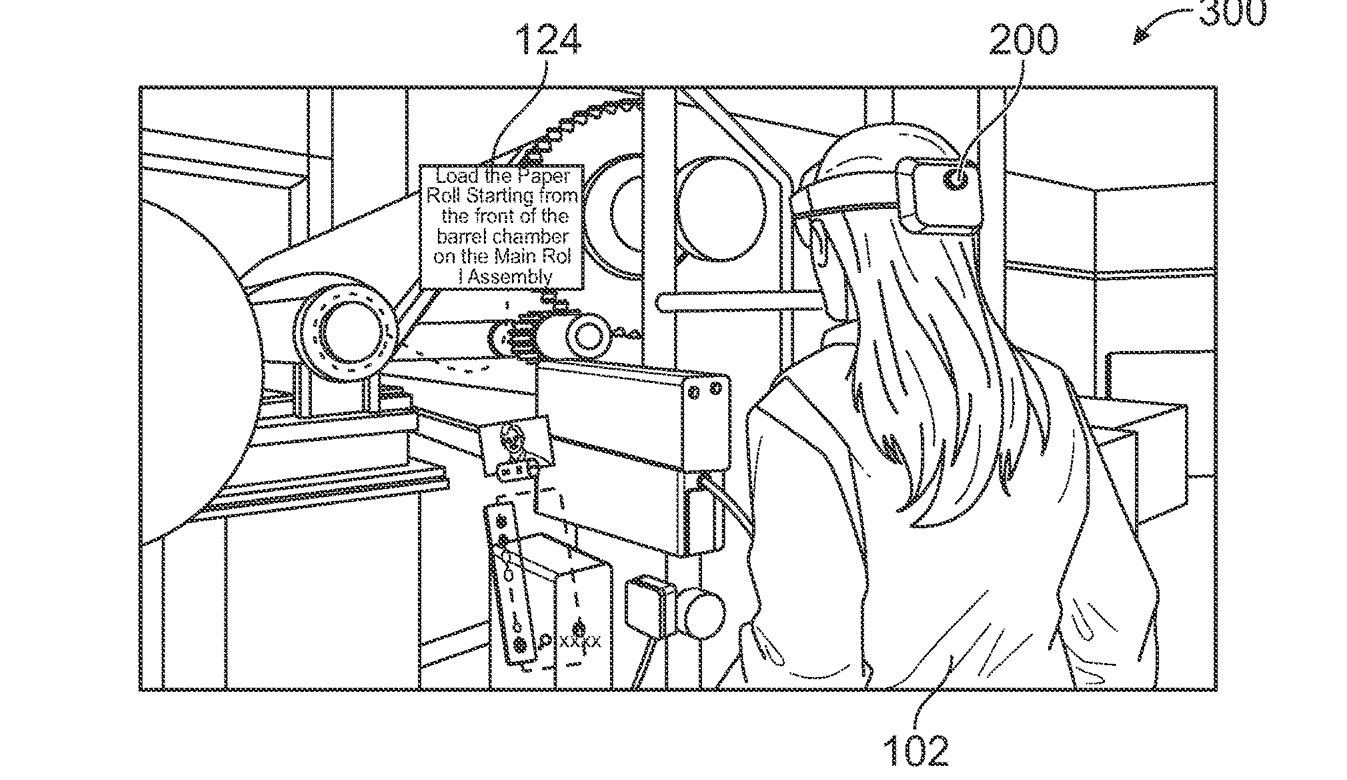
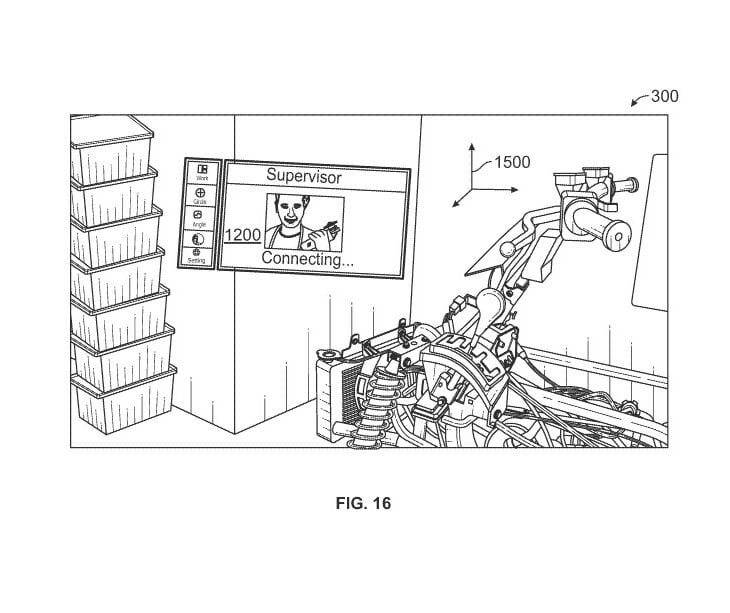

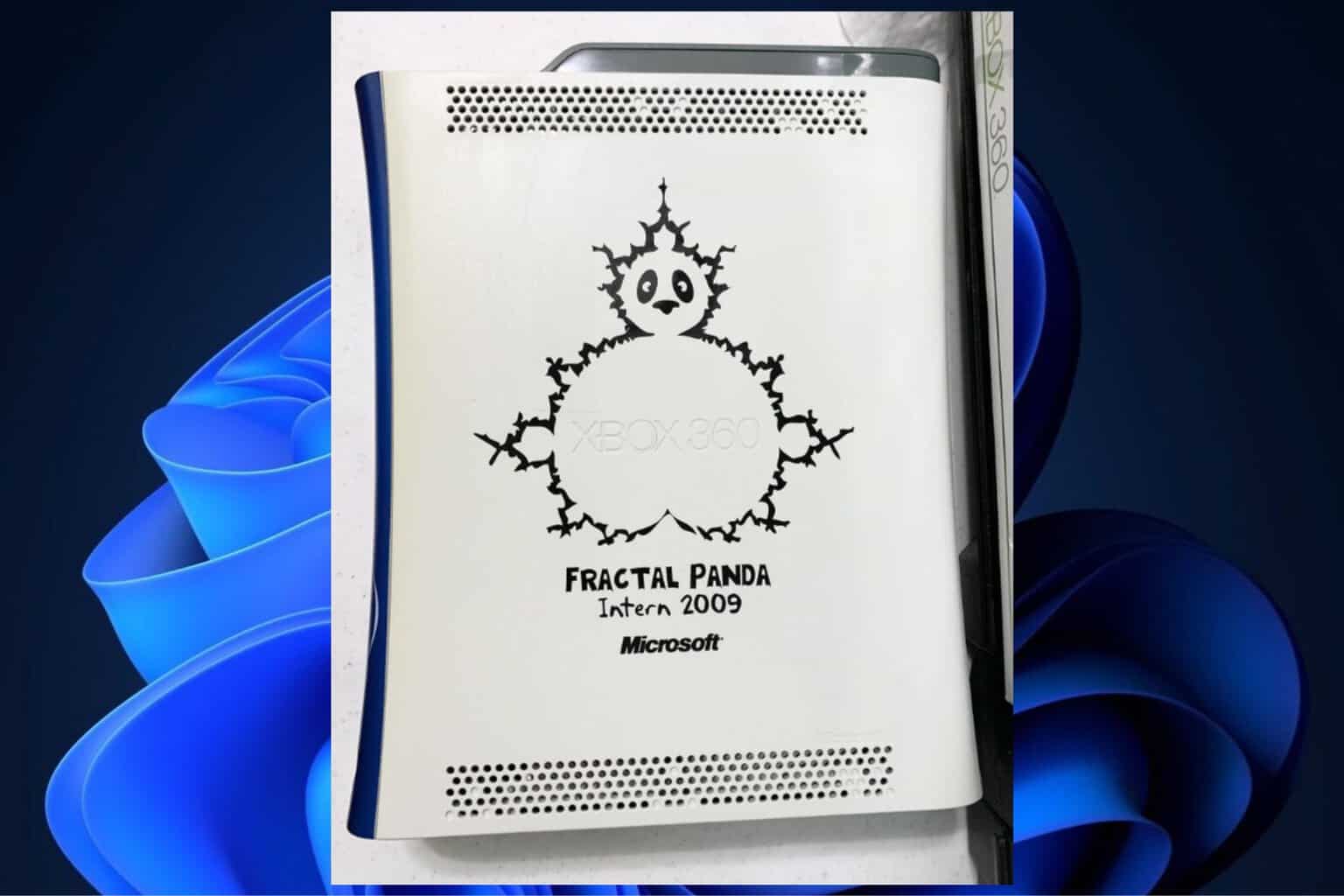
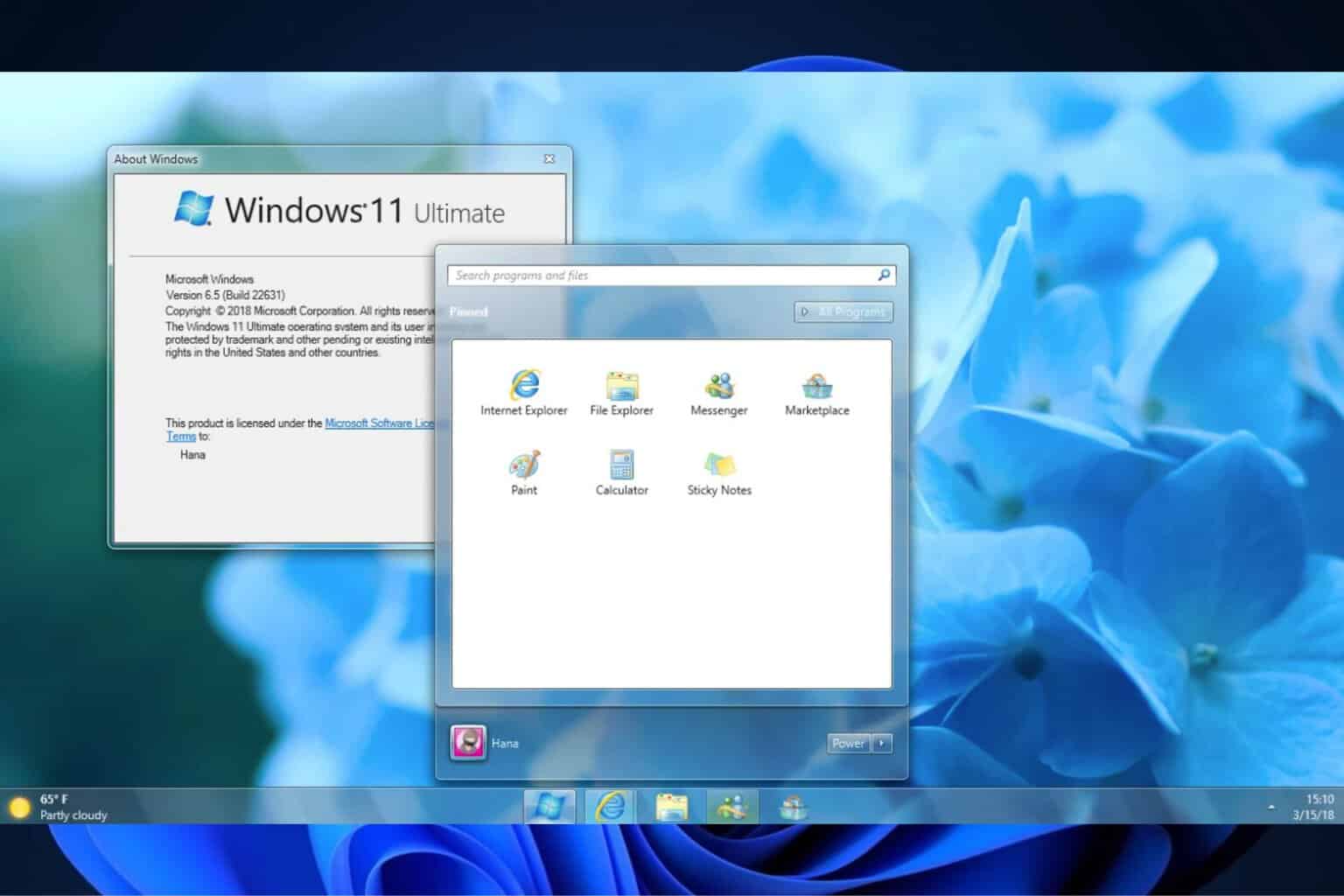
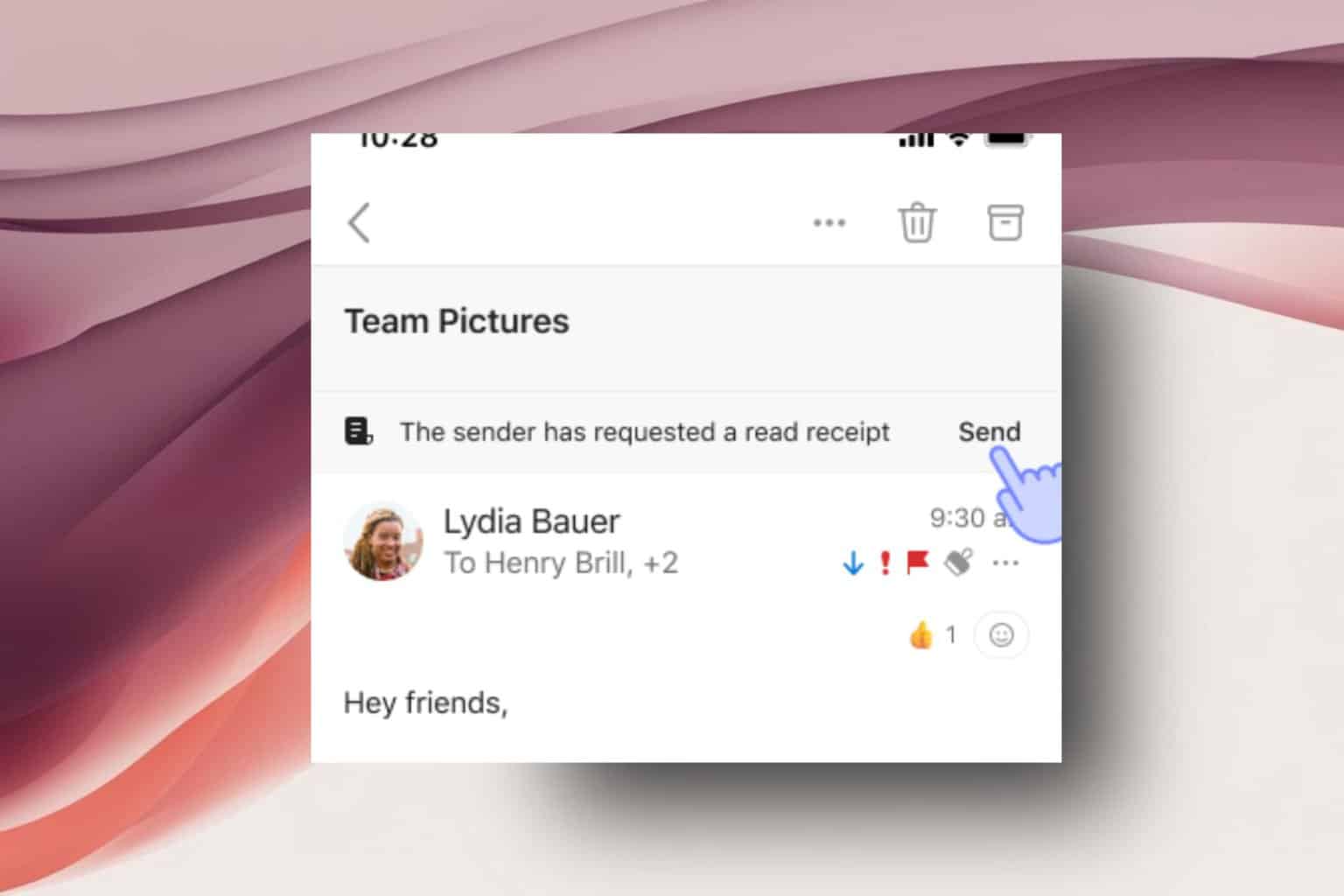

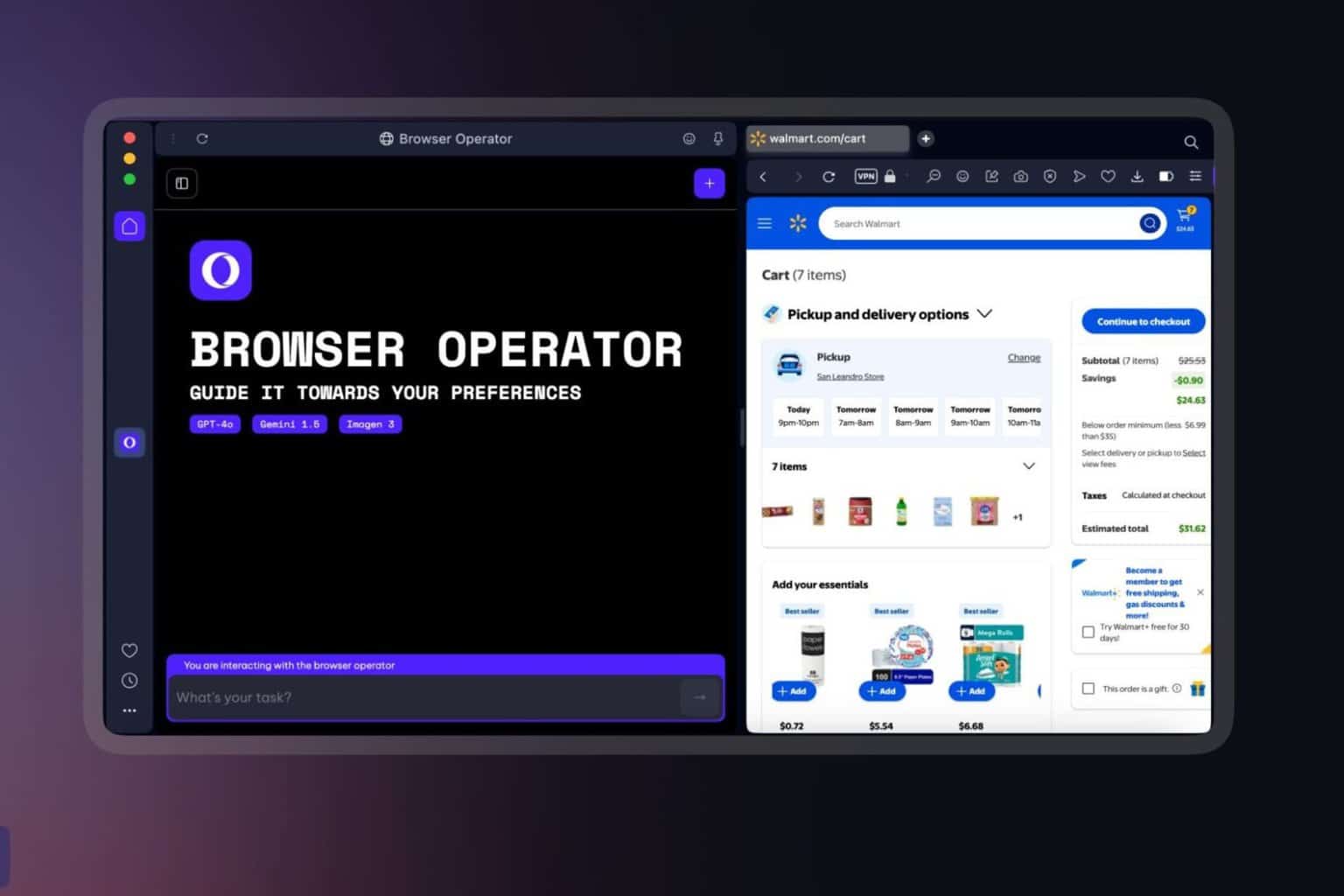

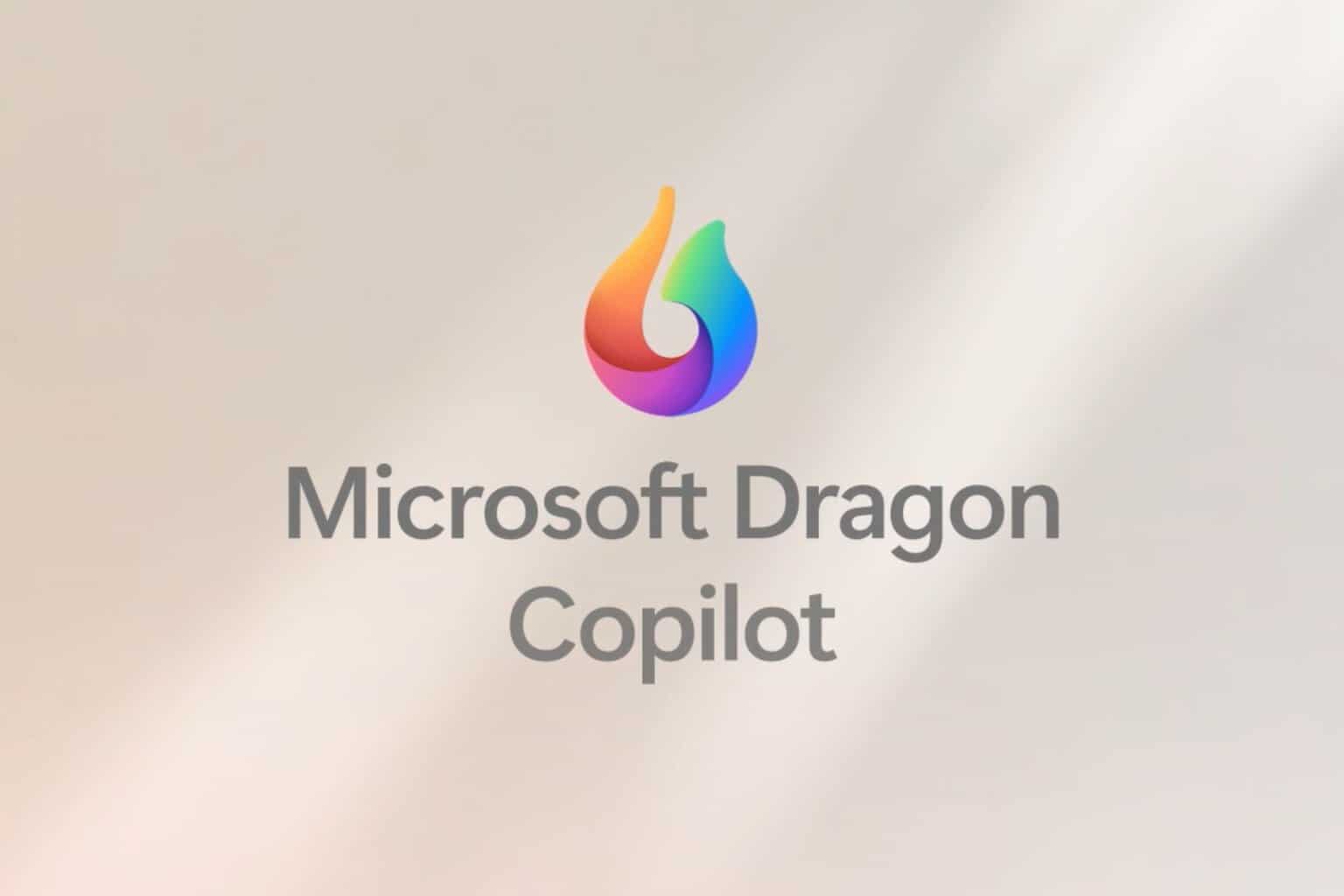
User forum
0 messages